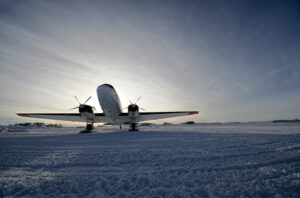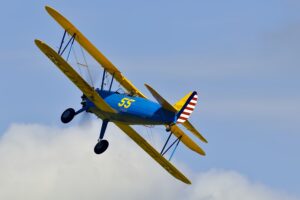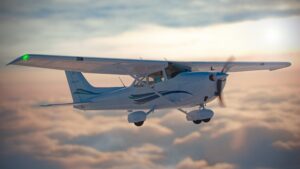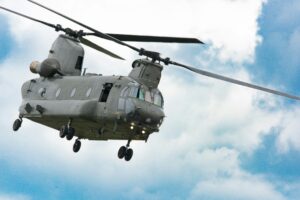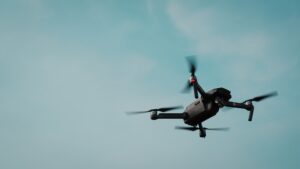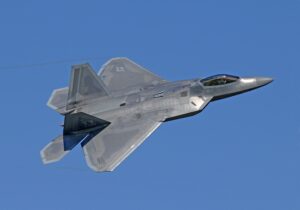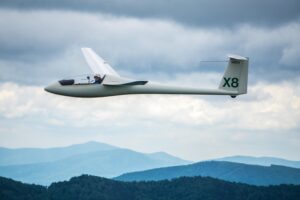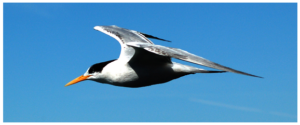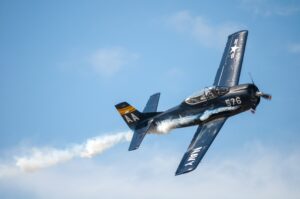Ground effect is a phenomenon well-known to pilots. When the airplane gets close to the ground or water, flight becomes more efficient. In ground effect, there is an increase in lift and reductions in upwash, downwash, and induced drag. The increase in lift is usually compensated for with a reduction of the angle of attack. If the angle of attack is held constant, a “floating” sensation may be experienced due to the increase in lift.
In ground effect, the airplane can stay in the air at a lower speed and power than out of ground effect. This can be useful for soft-field takeoffs, e.g., on grass or sand. The airplane can fly a few feet off the surface until the rotation speed is achieved. At a height of 25% of the wingspan, the induced drag is reduced by about 24%. At a one-tenth span above the surface, the induced drag is reduced by about 50% [1].
There is significant confusion about ground effect. Part of the problem is that there is very little published research on the subject. This leaves it up to people’s imagination. The two points that many get right are that it is caused by increased air pressure under the wing and reduced induced drag. We will first discuss the increase in pressure under the wing, followed by the interesting consequences.
Air under the wing
Not everyone believes in the compression of air under the wing. Some claim that ground effect has nothing to do with compressing air but is due to the reduction of wing-tip vortices. In Wing Vortices, we show that wingtip vortices are merely a red herring with little or no effect and almost no energy.
The cause of ground effect is air building up under the wing. This can be seen in Figures 1 and 2, which show two Russian ground effect seaplanes. One thing to notice is that the water is disturbed far in front of the trailing edge of the wings. Now these crafts are clearly very heavy and thus have a larger impact on the water. Figure 3 is a picture of a much lighter ground effect seaplane. There is little disturbance of the water.
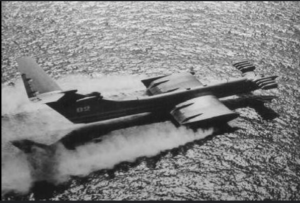
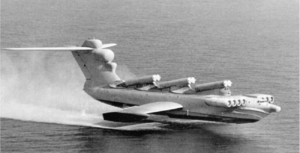
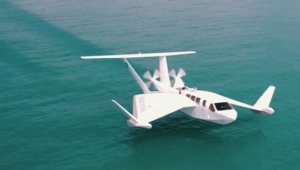
Air Above the Wing
In case the reader has not read Misconception #3 – Airflow Direction, we will start with a review of a few points. First, look at Figure 4. This shows the airflow over the wing. All wings fly in still air and accelerate air perpendicular to the direction of motion of the wing. Once the airplane is off the ground, it becomes part of the moving air mass. That is why air speed and direction seldom agree with ground speed and direction. So, it is the wing moving through the air, not the air over the wing. As for the air being accelerated perpendicular to the direction of motion, consider a helicopter hovering over the water, the accelerated air by a propeller, or the flow of air down from a ceiling fan. The Wright brothers developed the modern propeller by realizing that a propeller was a rotating wing. The flow of air over the wing, producing the upwash, is drawn in by the reduced pressure on the top of the wing and has nothing to do with lift, but a lot to do with stalls.
The upwash is drawn in by the reduced pressure on the top of the wing. Since it is drawn up, there must be an upward force on the air. By Newton’s third law (equal and opposite forces), there must be an equal and opposite downward force on the wing. Thus, the upwash is a load on the wing.
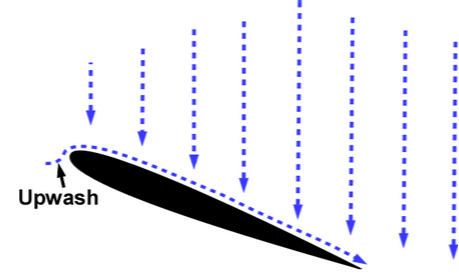
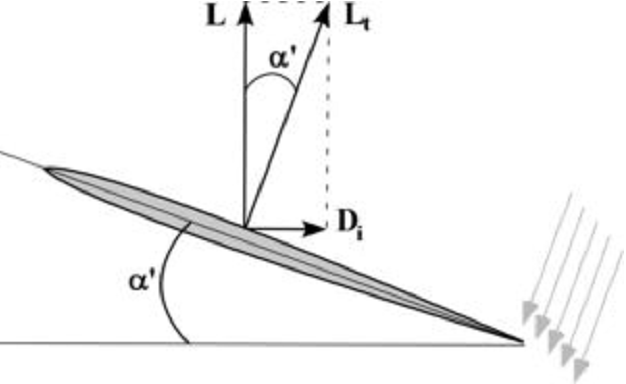
Now, regard Figure 5. This shows the lift and drag on the wing. The total lift vector, Lt, is the lift created by the air being drawn down in the previous figure. The total lift vector is rotated back by the effective angle of attack, defined as zero degrees when the orientation of the wing into the wind has zero lift. The vertical component is the lift, L, and the horizontal component of the total lift vector is the induced drag, Di. The induced drag is a component of lift that is proportional to the total lift and effective angle of attack. This is an inescapable product of lift: no induced drag means no lift. The downwash has a slight forward component, which is the mechanical way the induced drag is produced.
Ground effect explained
We said that in ground effect, there is a reduction in upwash, downwash, and induced drag, which are products of lift on the wing
By far, the induced drag is the only significant power load on the wing in flight. Downwash is a direct expression of that power requirement. In ground effect, air is built up under the wing, which reduces the load and thus the power requirement.
So, how high does the increase in pressure below the wing need to be to reduce the induced power by 20%? On takeoff and landing, induced power is the dominant power requirement. The wing loading of a Cessna 172 is about 14 pounds per square foot. One atmosphere at sea level is 1 ton per square foot. So, the reduction in pressure on the top of the wing is 0.7% of an atmosphere to produce the necessary lift. A person can draw from 0.5% to 0.8% of an atmosphere with their lungs.
An increase of 0.07% of an atmosphere below the wings is the equivalent of a 10% reduction in the weight of the airplane. In Power, we show that the induced power requirement of flight goes as the load squared. Thus, an increase of .07% of an atmosphere under the wings of a Cessna 172 is a 20% reduction in the power necessary to keep the airplane in the air. An increase of 0.07% of an atmosphere is just a little over 1 pound per square foot. The average person can blow about 10 times that pressure.
So, there you have it. Ground effect is a small increase in pressure under the wing reducing the necessary downwash and induced drag.
